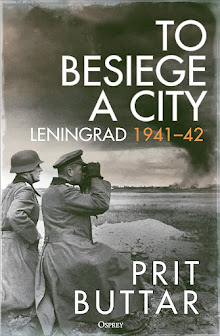They say that you can see thirteen battlefields from the top of the Abbey Craig near Stirling - the gateway to the Scottish Highlands. Last weekend I visited three of them. In the fourteenth and fifteenth century the only sensible route to the north was across the Forth at Stirling and up through the valley beyond. So, when Edward 1st sent a formidable English Army to consolidate his hegomony over this previously independent country, William Wallace and Andrew Moray chose this spot to give the invaders a bloody nose.
 In a tactically brilliant action Wallace (Left) and Moray let part of the heavily laden English army across the bridge and then attacked - cutting off their forces on the North side of the river. Floundering in marshy ground and faced by a ferocious albeit small Scottish Army, the English were severely beaten. Of the English commanders, The 7th Earl of Surrey (John de Warenne) survived but Hugh de Cressingham lost his life to Wallace wielding a huge double handed sword. The sword can still be seen on the first floor inside the Wallace Memorial (see picture above) on the bluff where the Scots laid in wait for the English.
In a tactically brilliant action Wallace (Left) and Moray let part of the heavily laden English army across the bridge and then attacked - cutting off their forces on the North side of the river. Floundering in marshy ground and faced by a ferocious albeit small Scottish Army, the English were severely beaten. Of the English commanders, The 7th Earl of Surrey (John de Warenne) survived but Hugh de Cressingham lost his life to Wallace wielding a huge double handed sword. The sword can still be seen on the first floor inside the Wallace Memorial (see picture above) on the bluff where the Scots laid in wait for the English.
This astonishing feat of arms has little in common with the portrayal of the battle in the film 'Braveheart' though I would imagine the rhetoric and demeanour of the Scottish troops is probably quite accurate.











